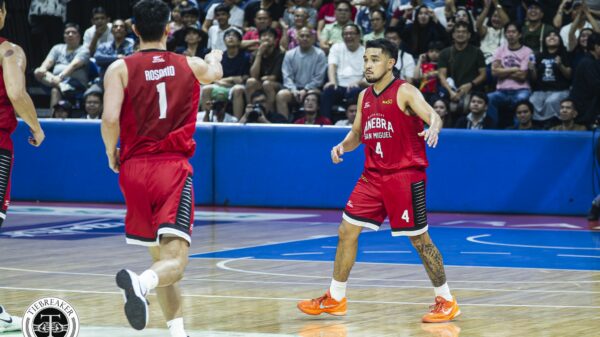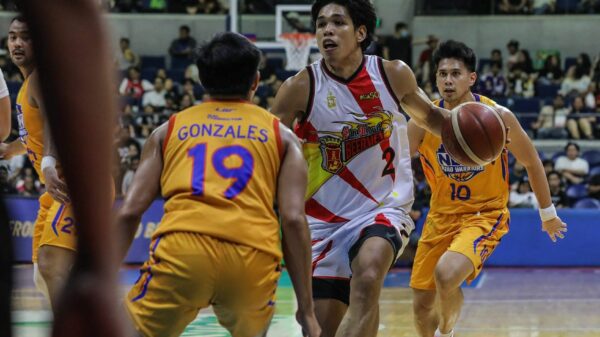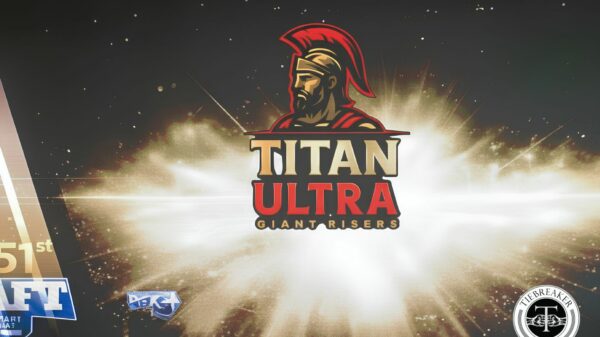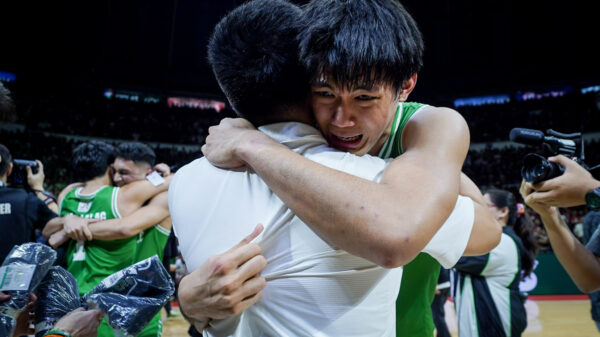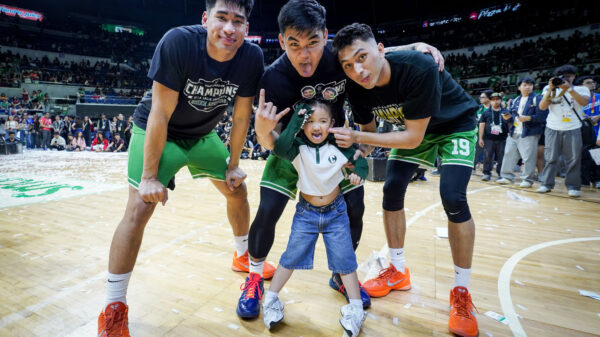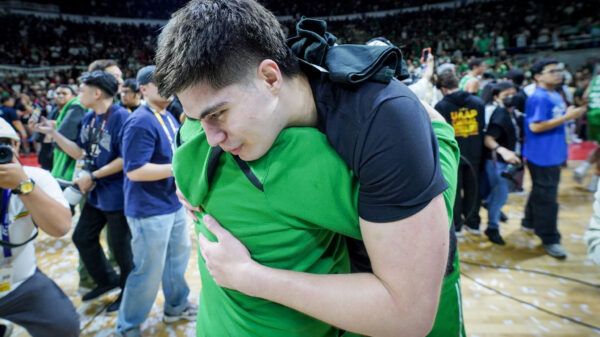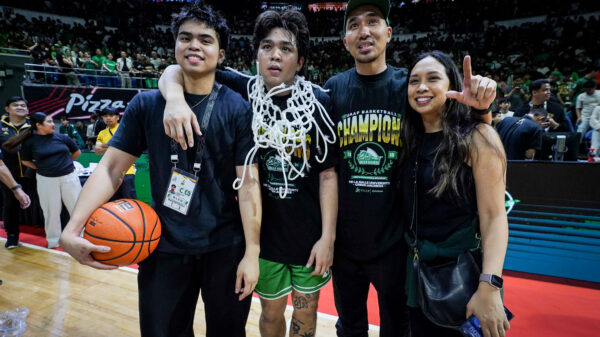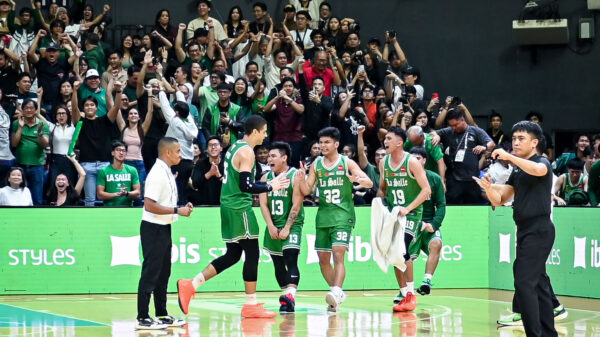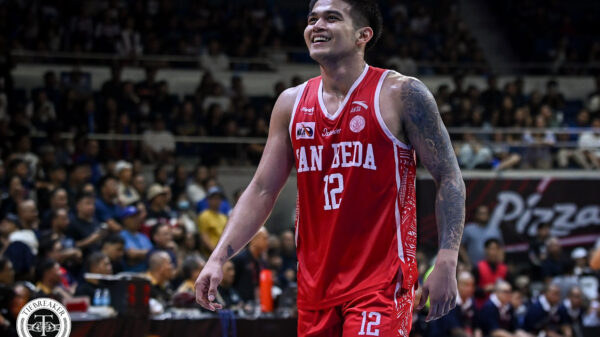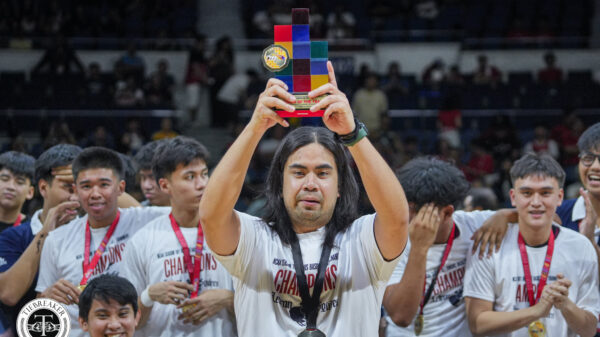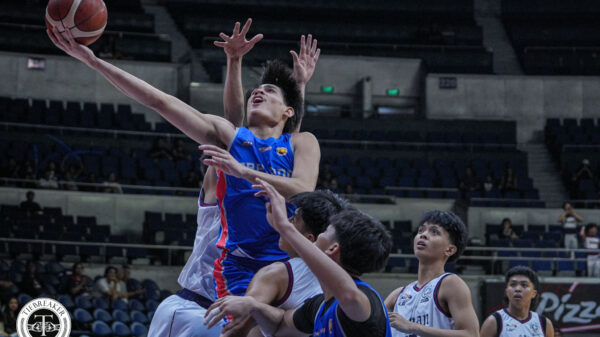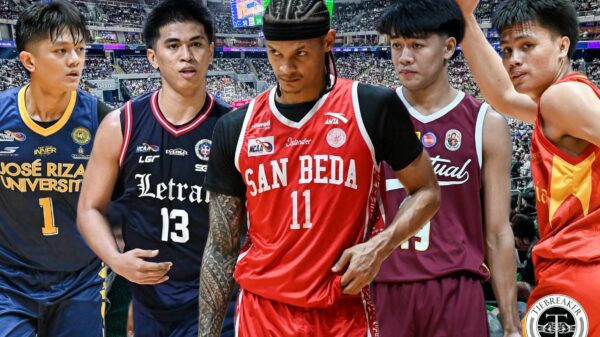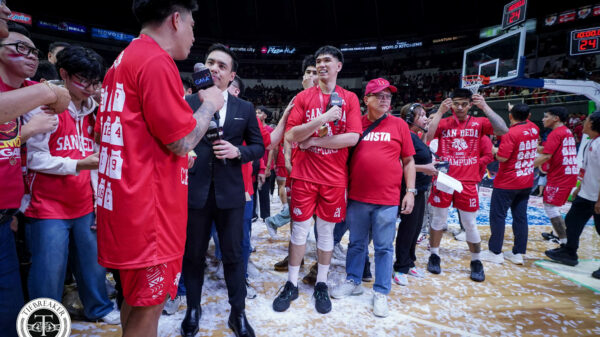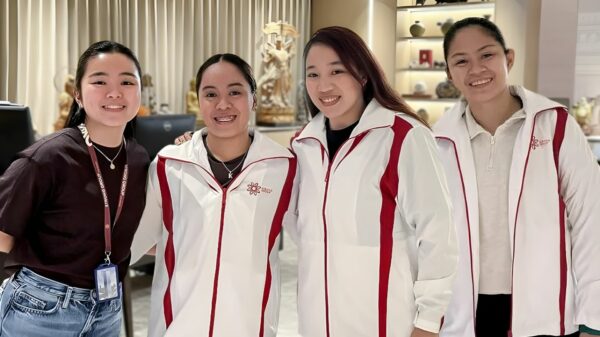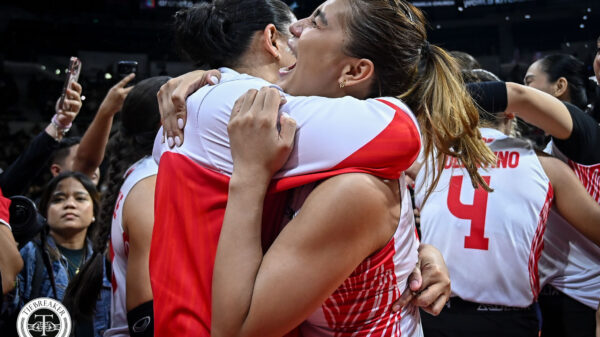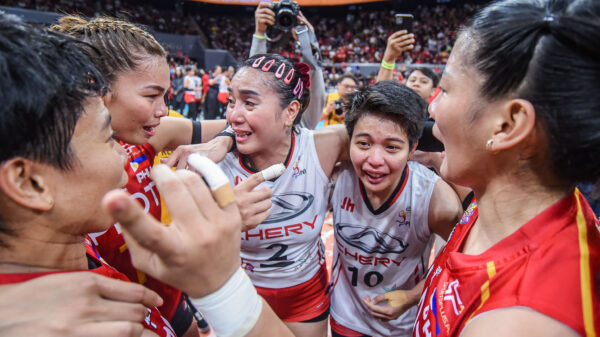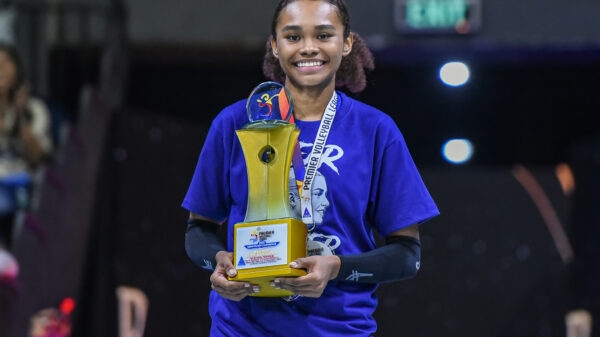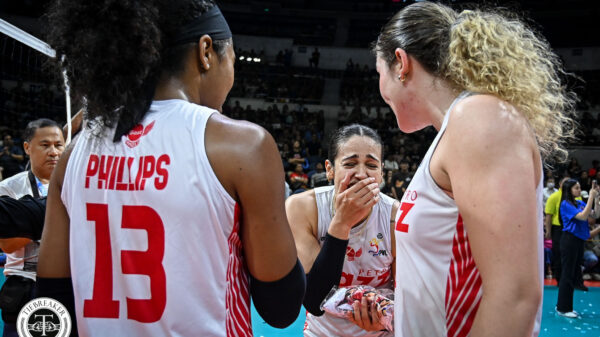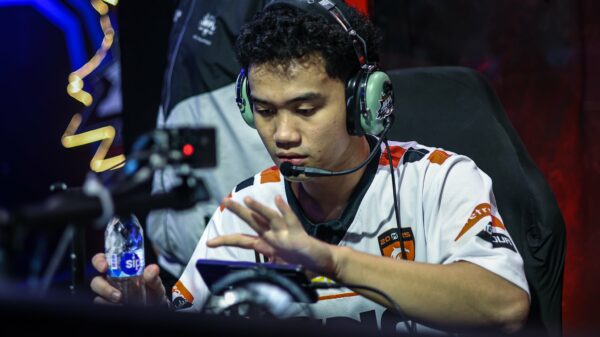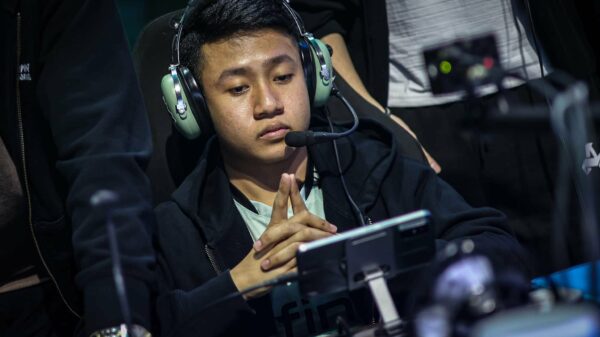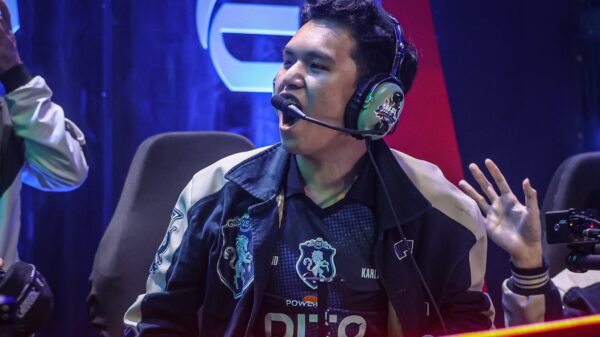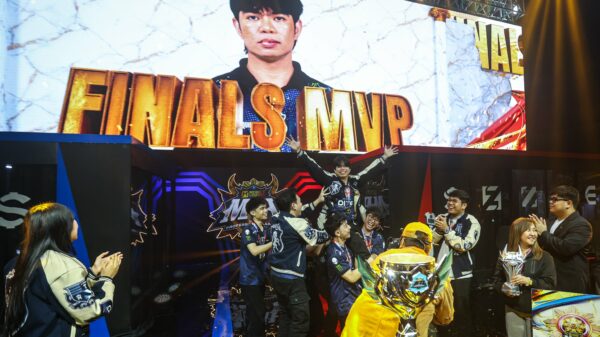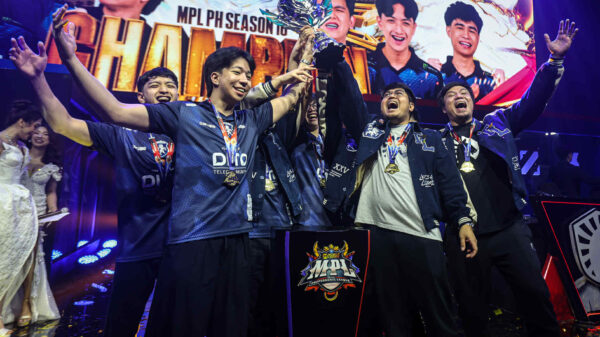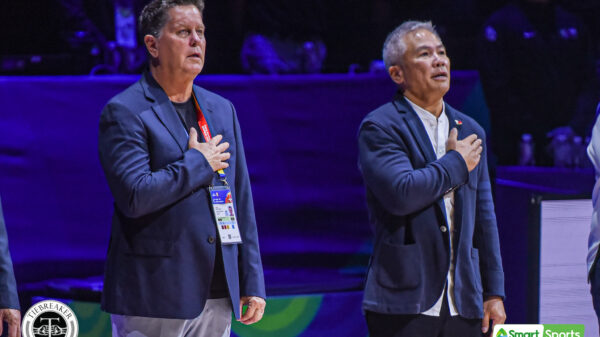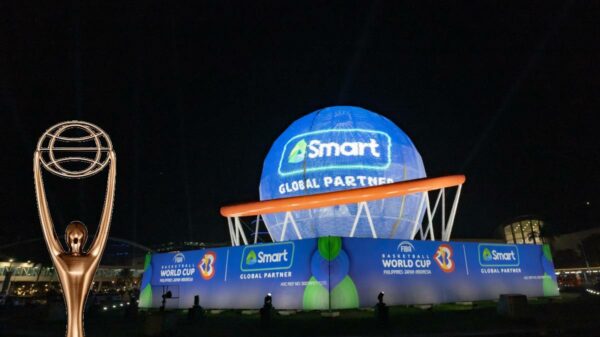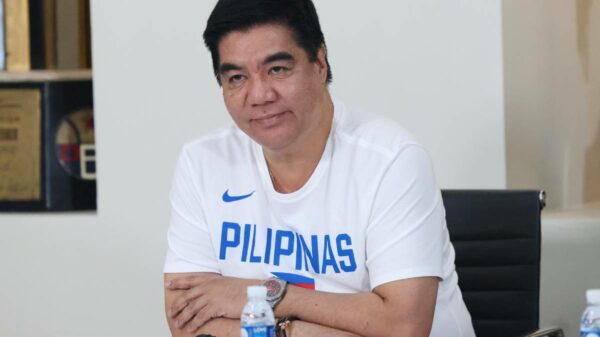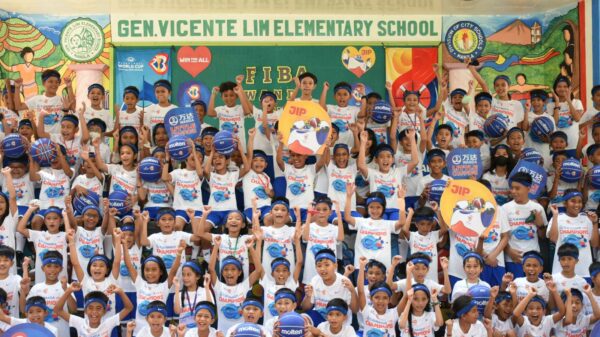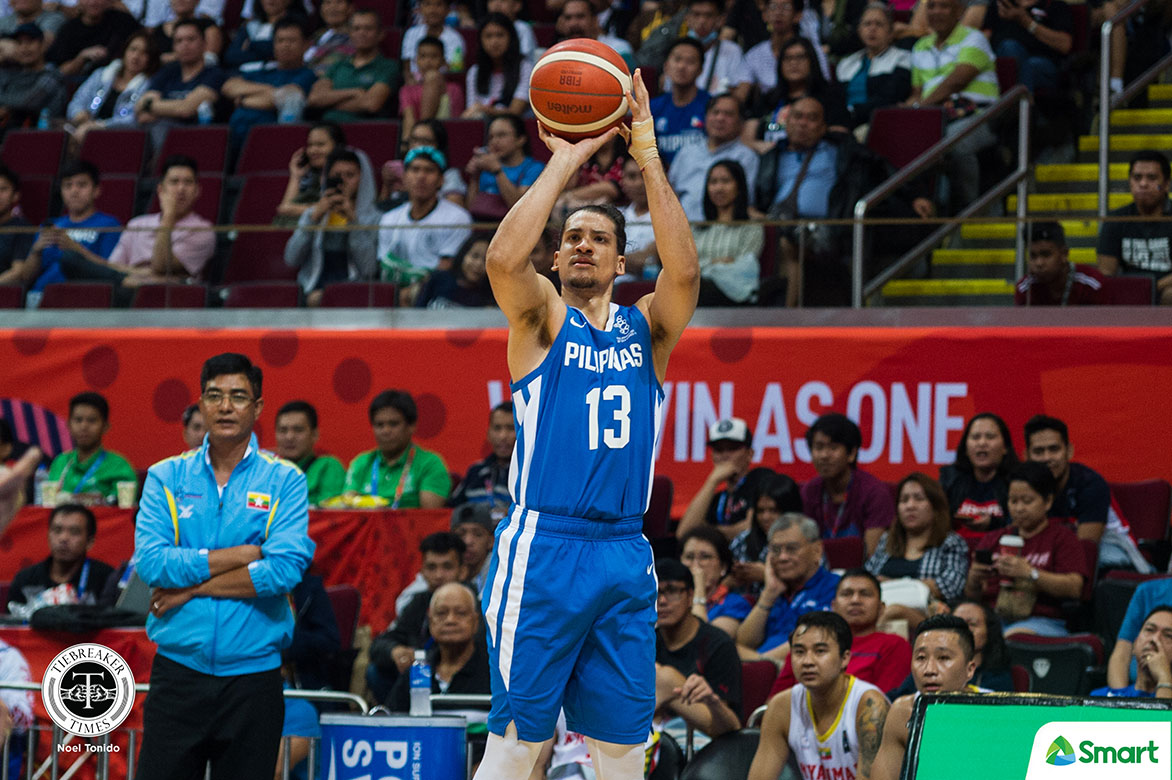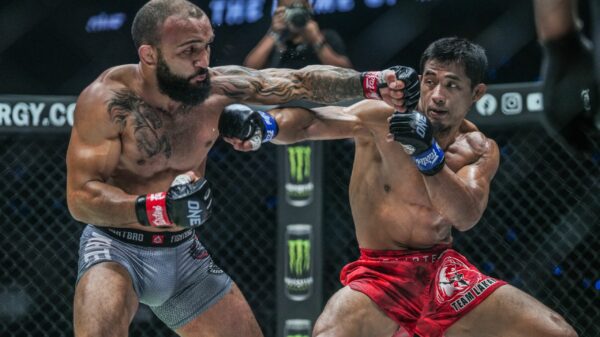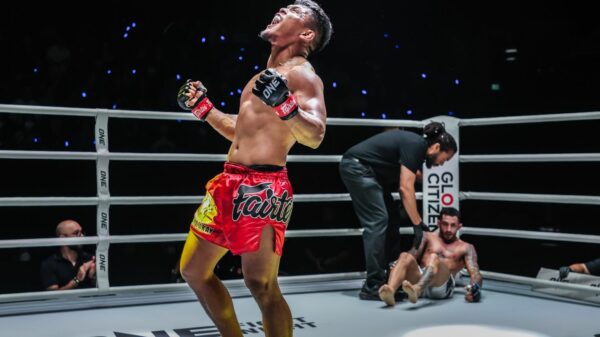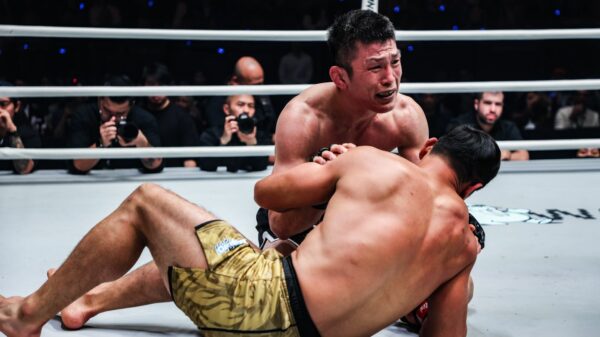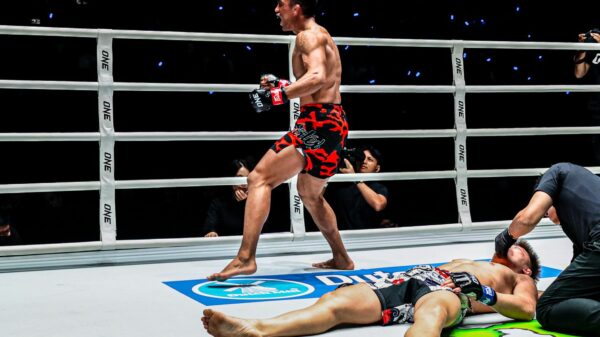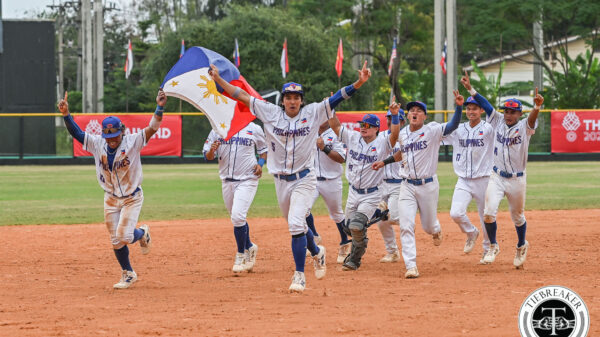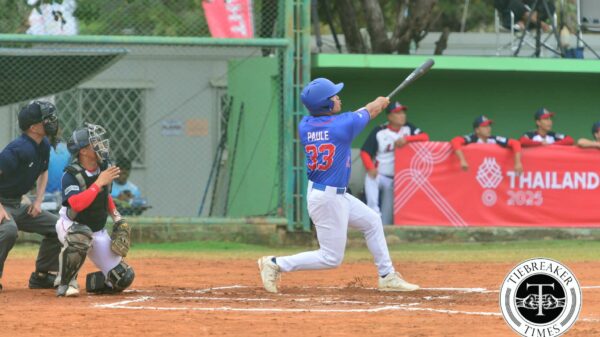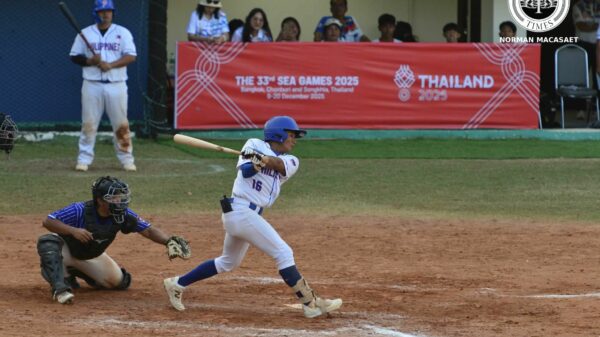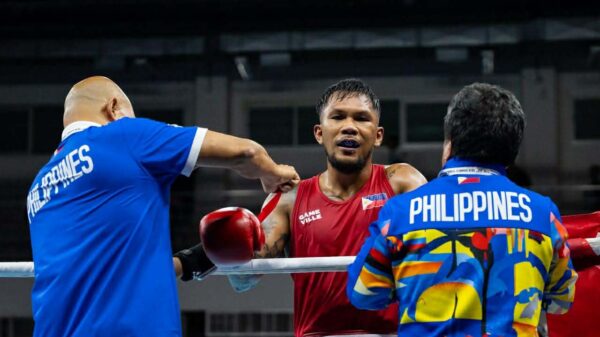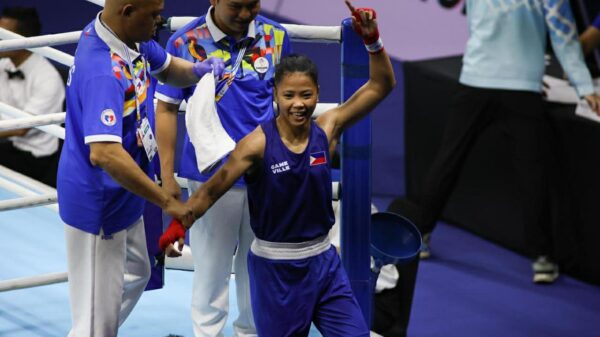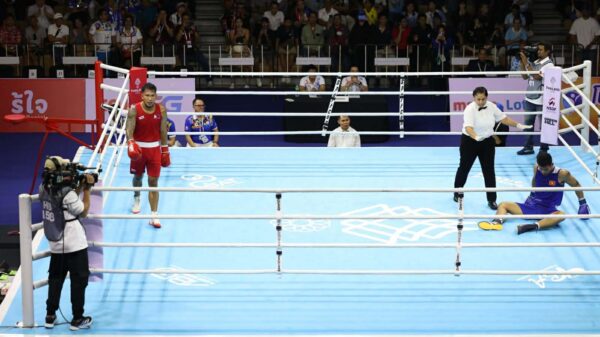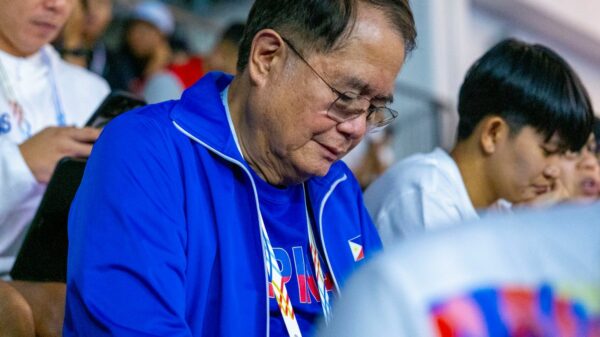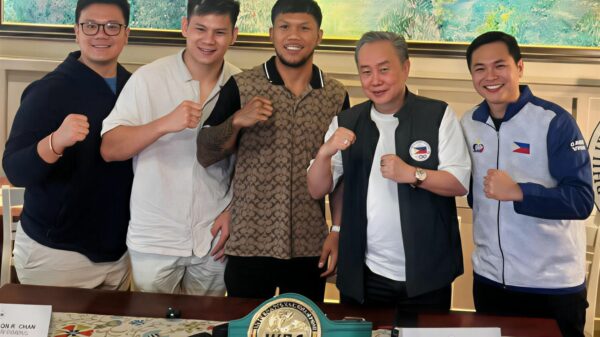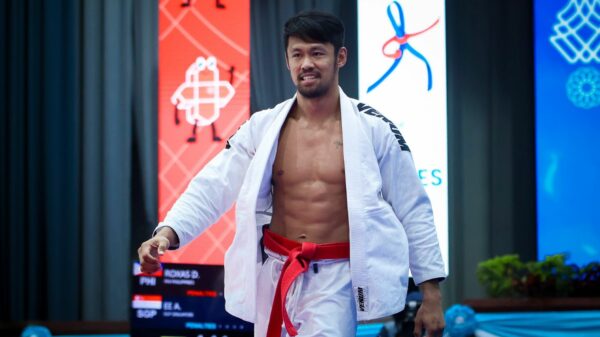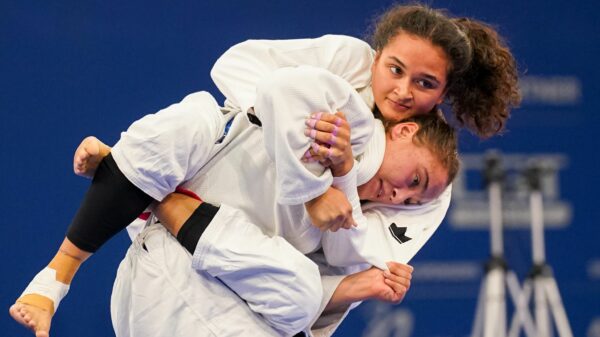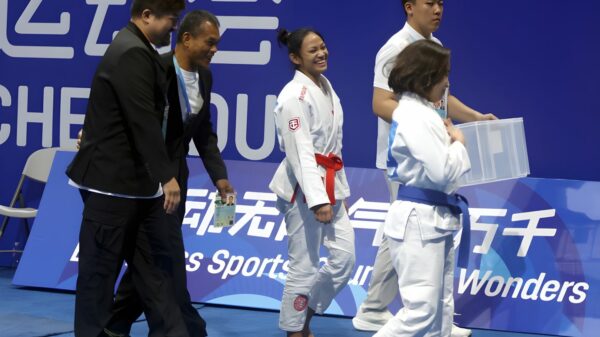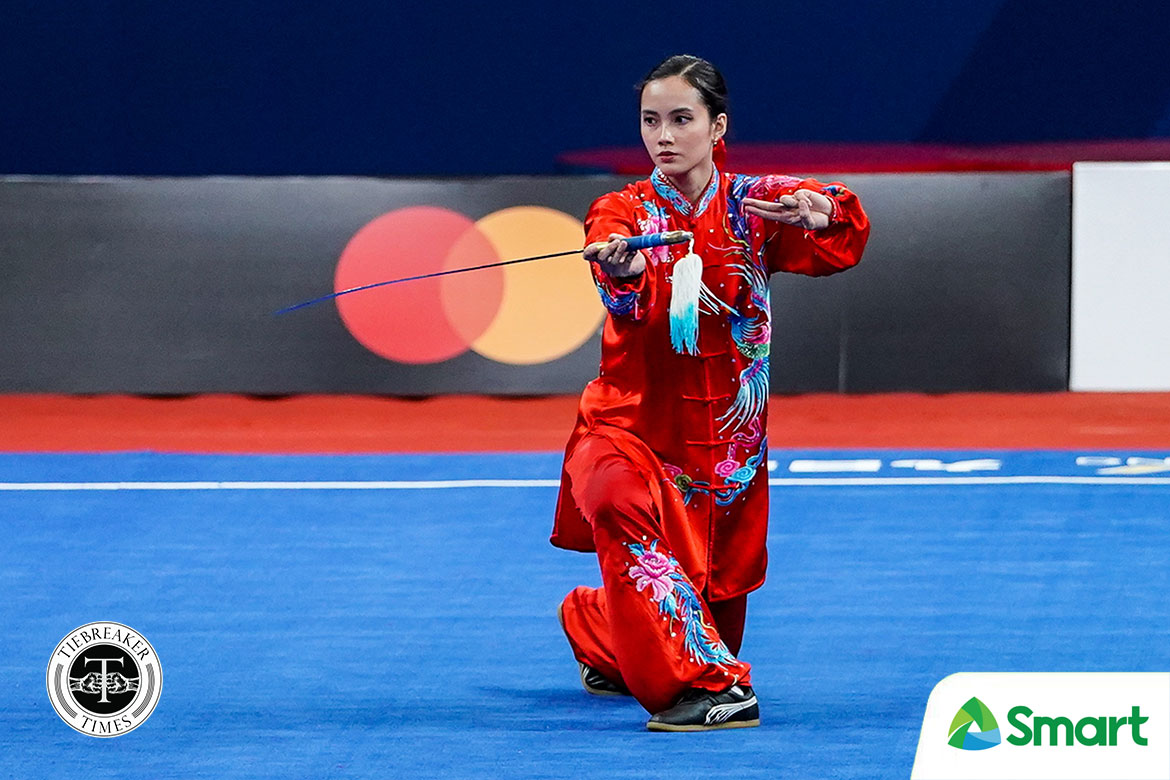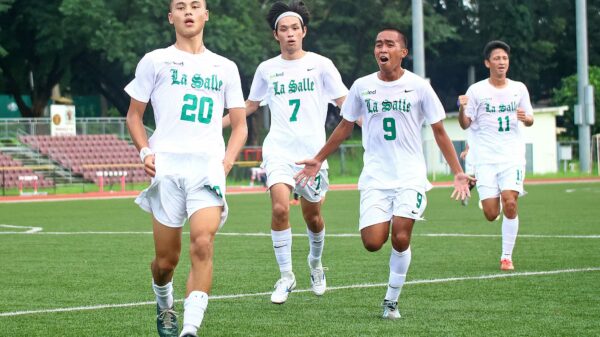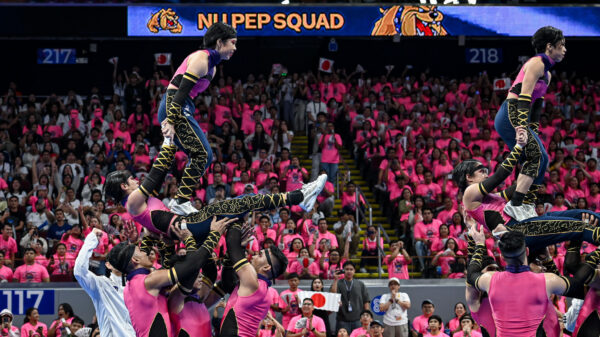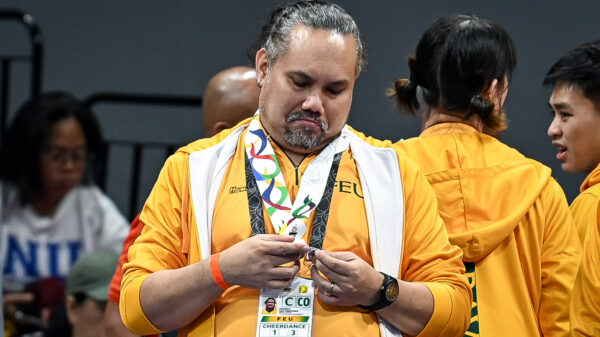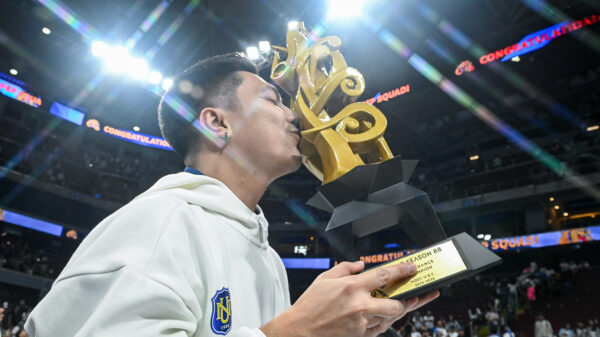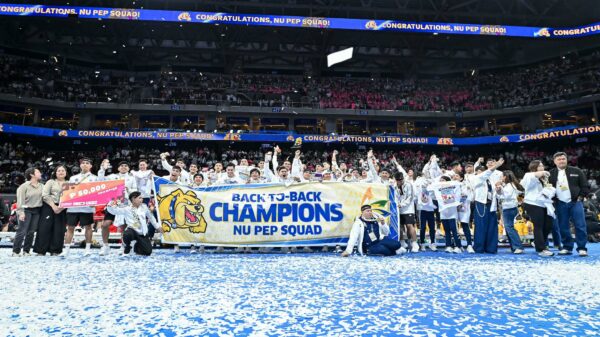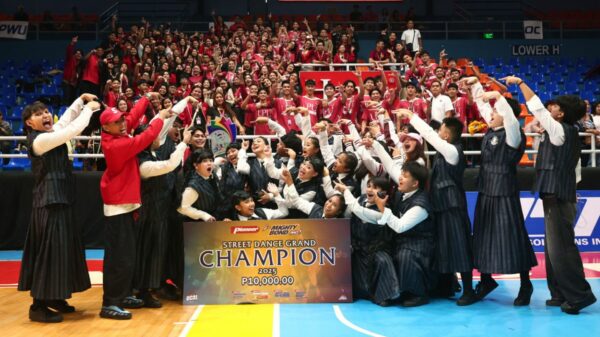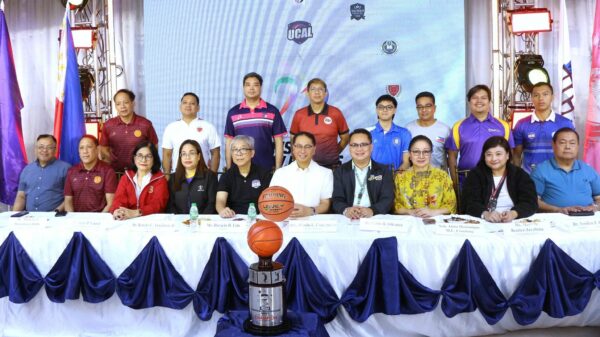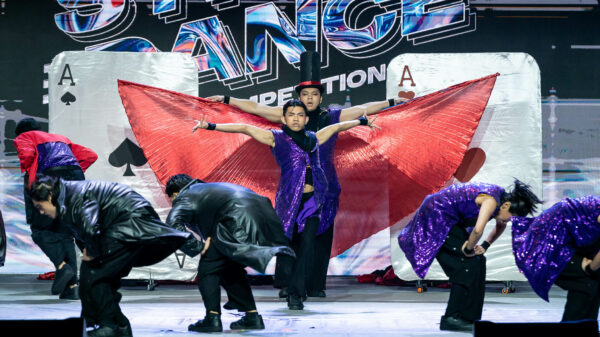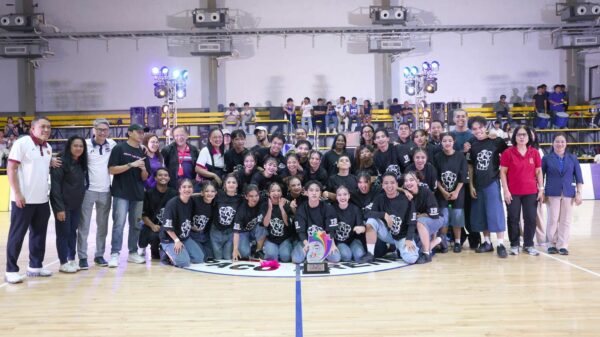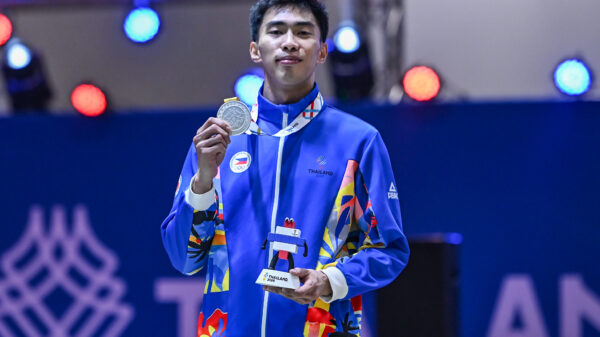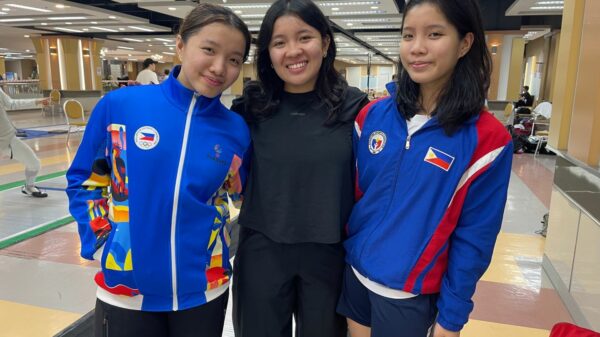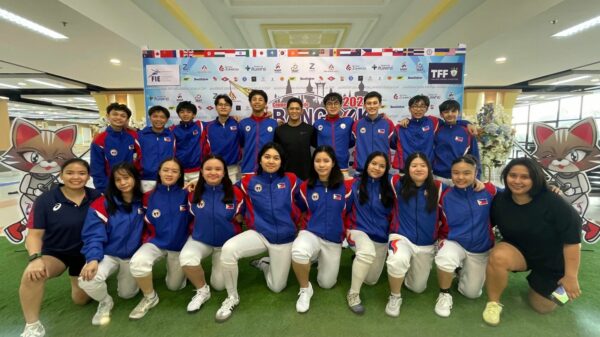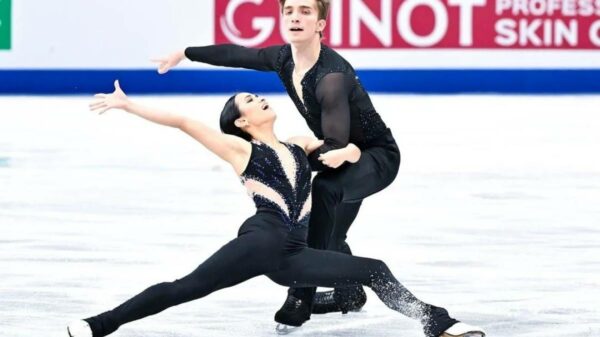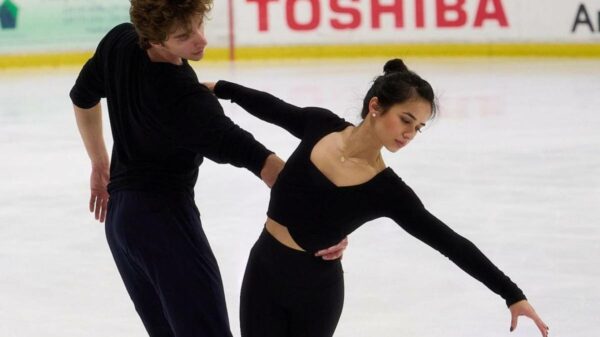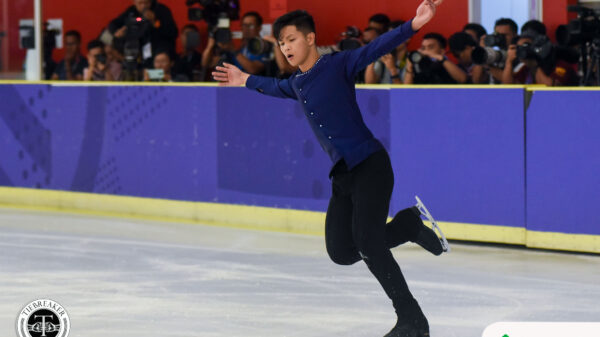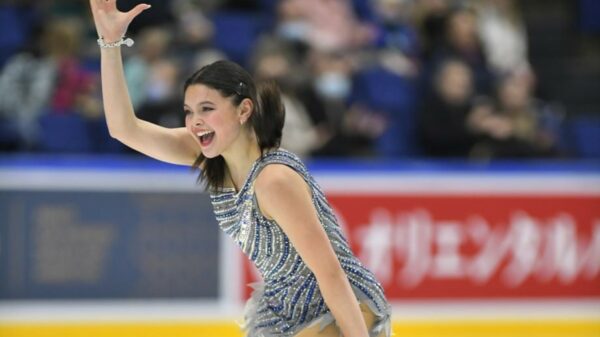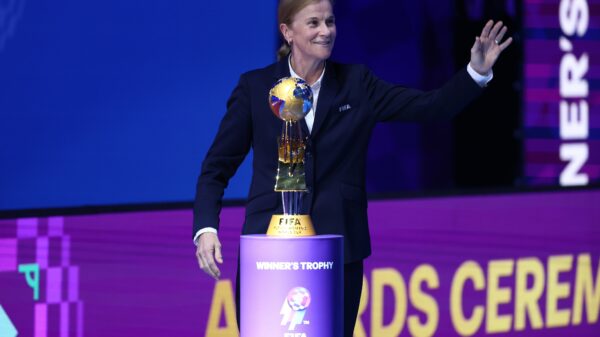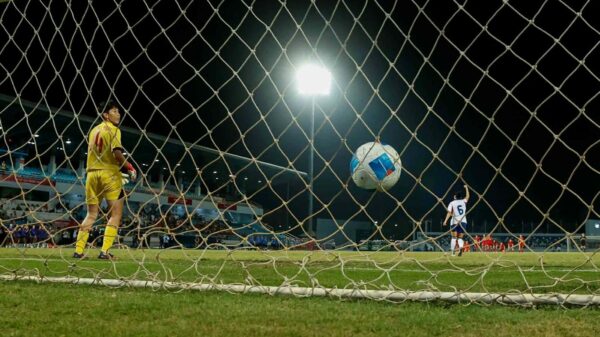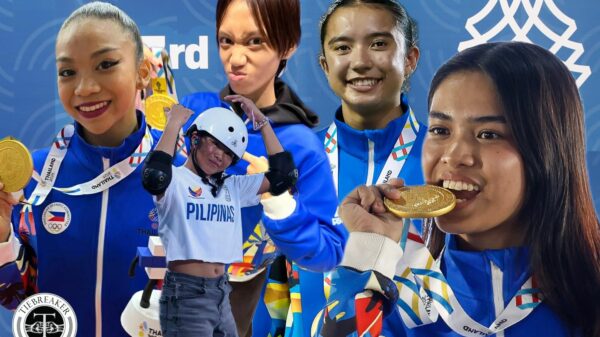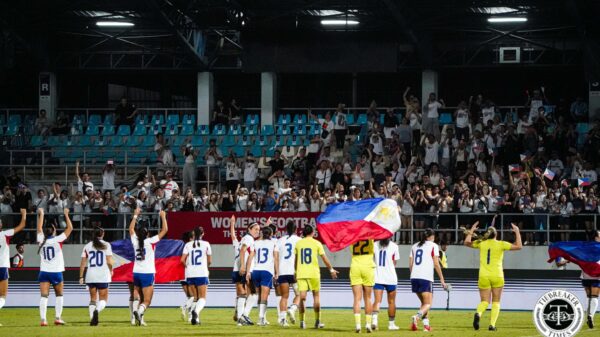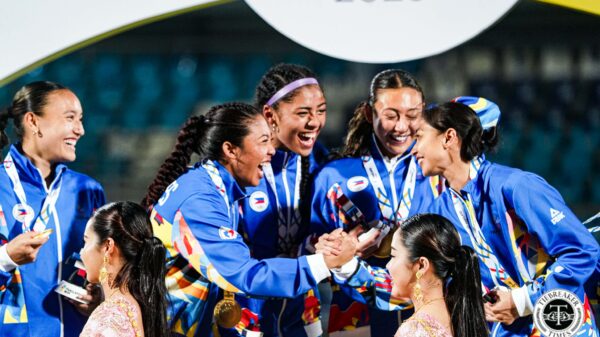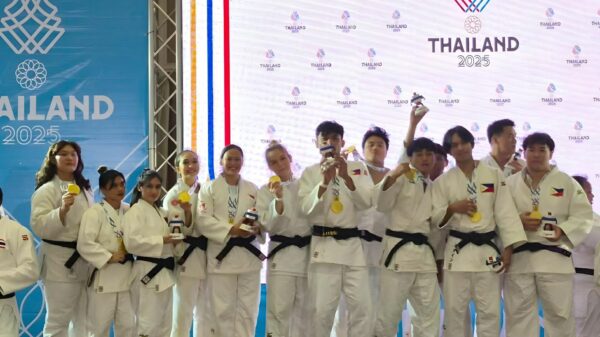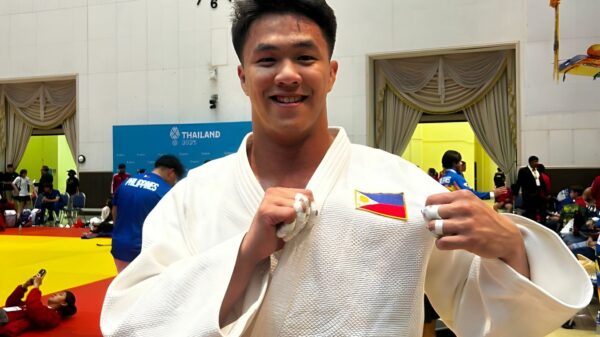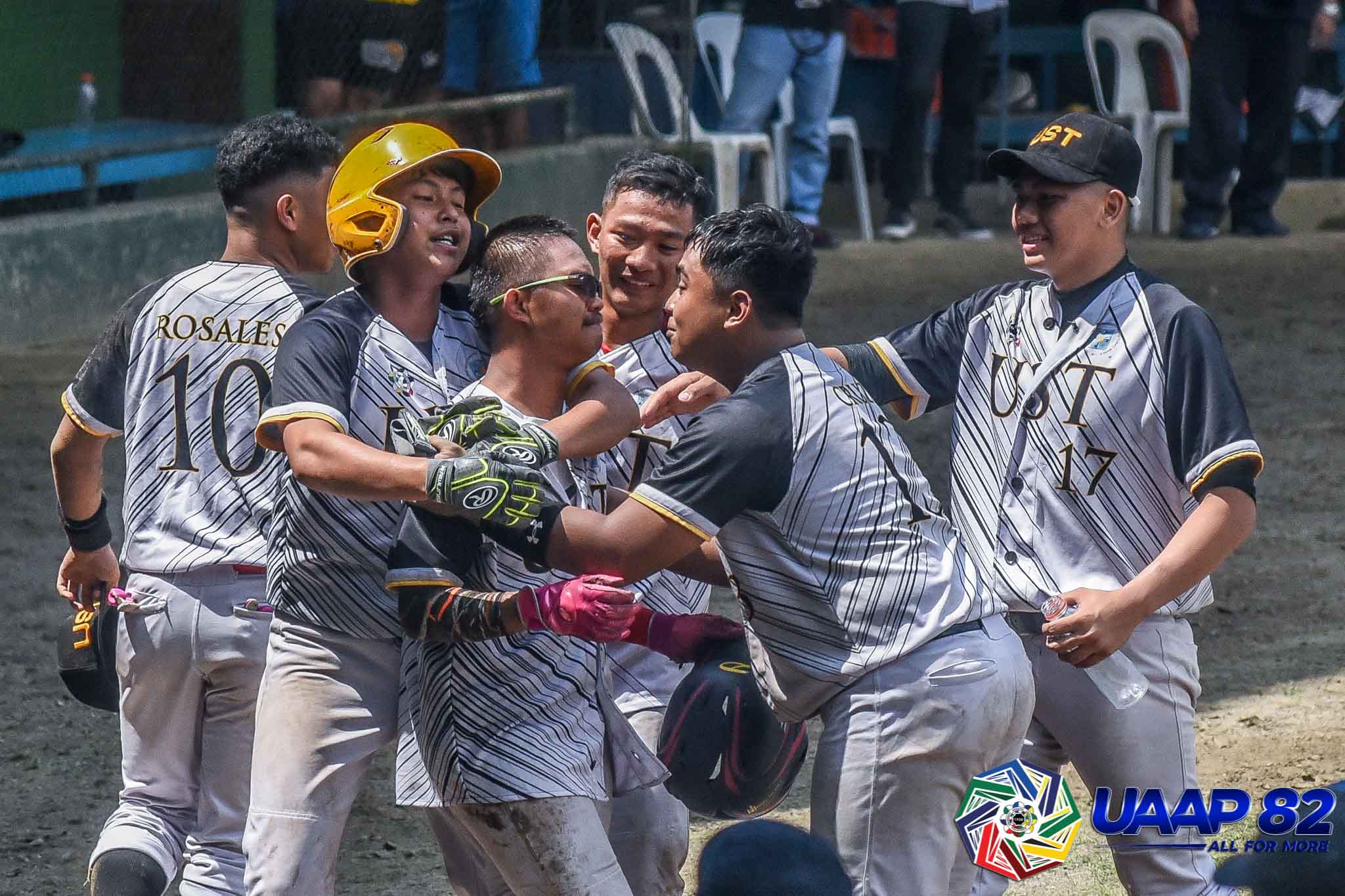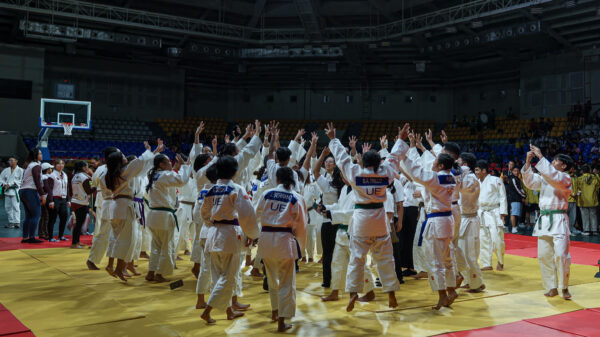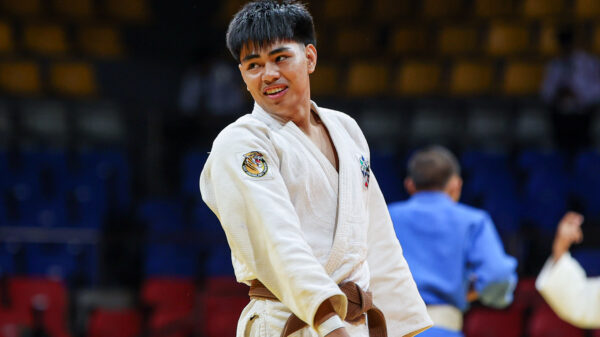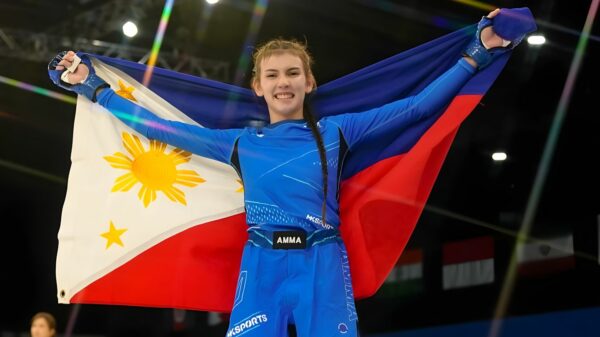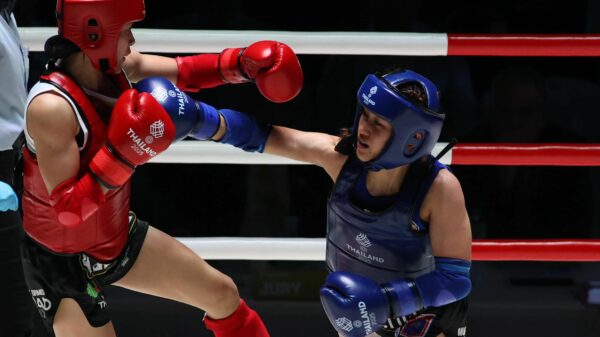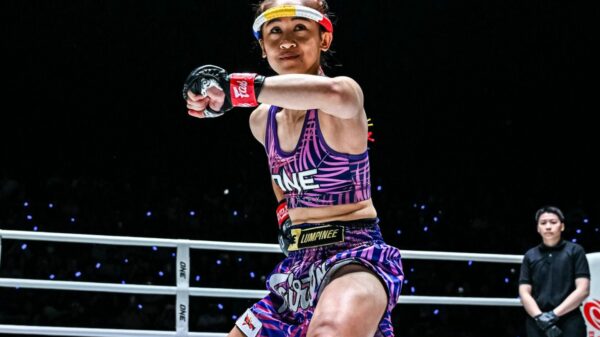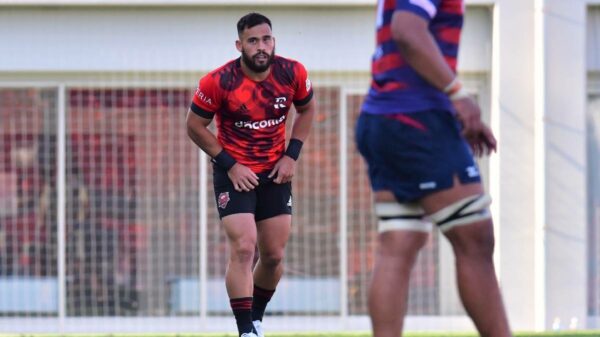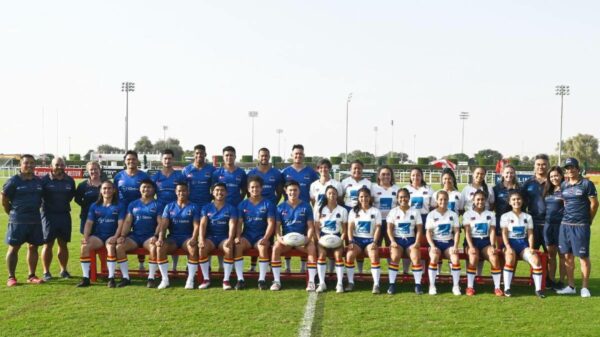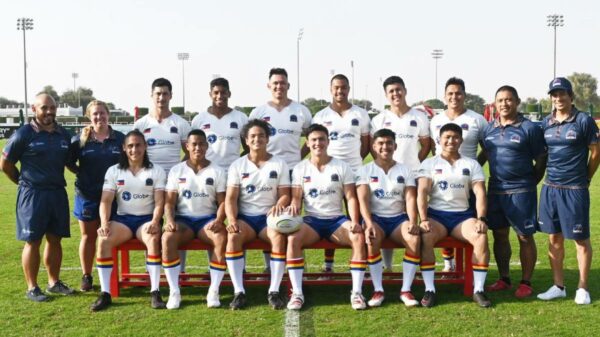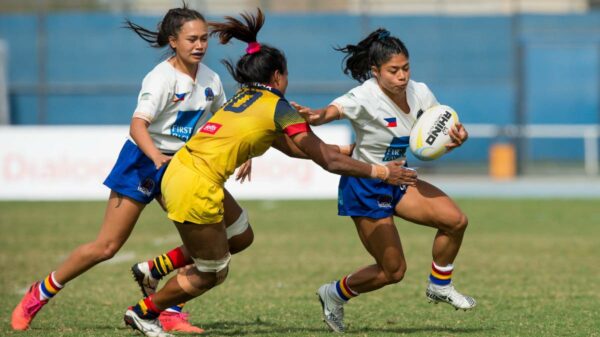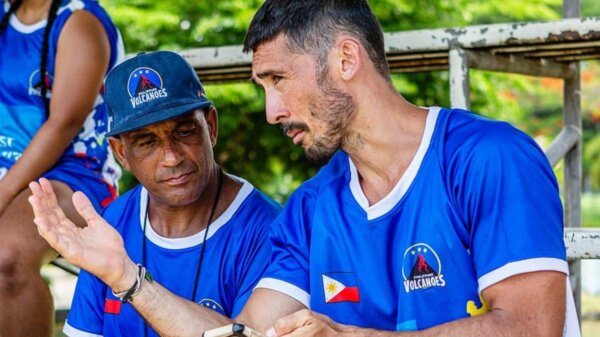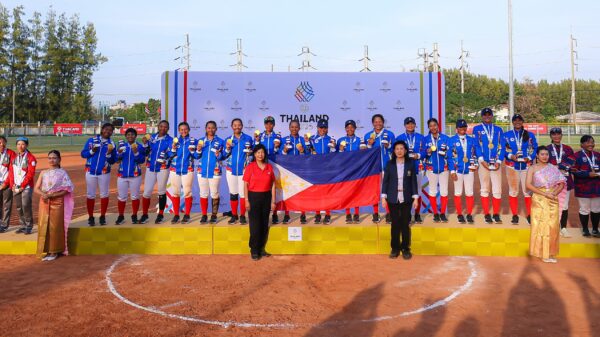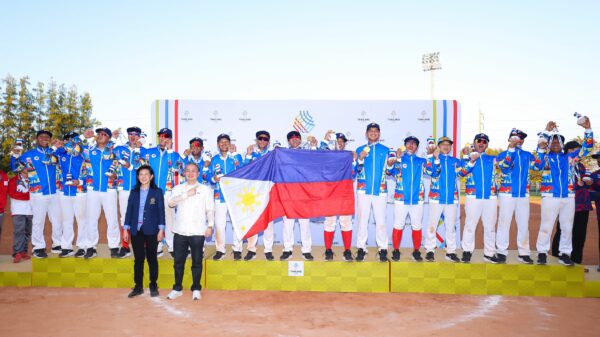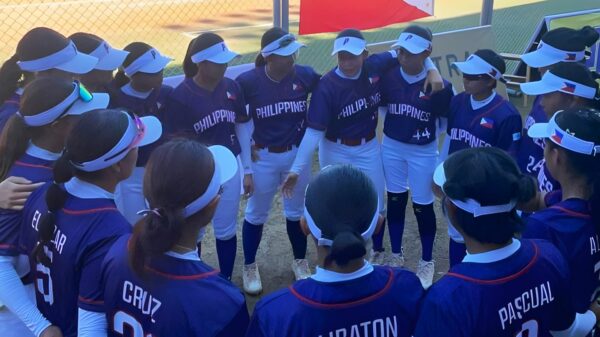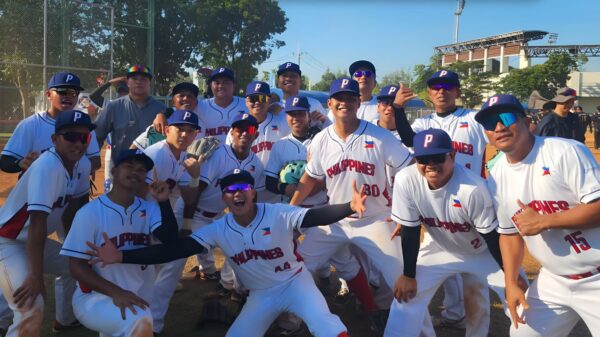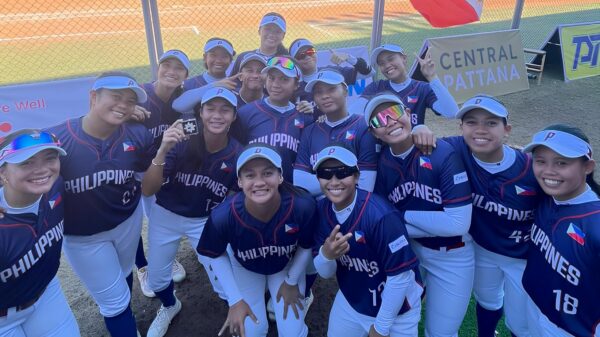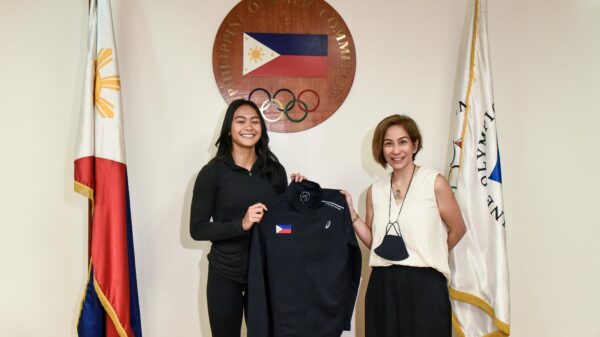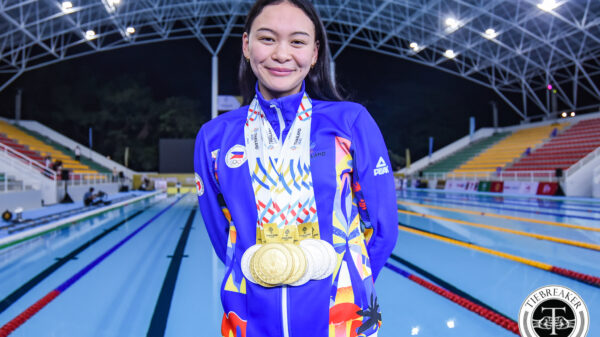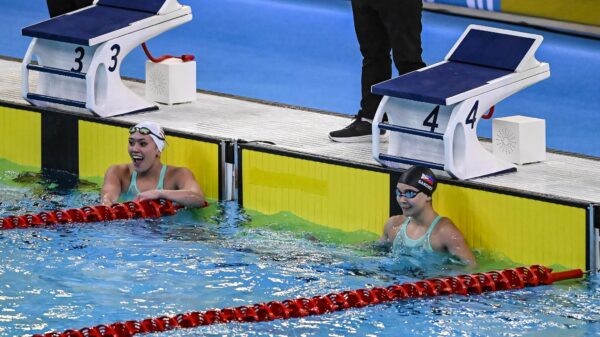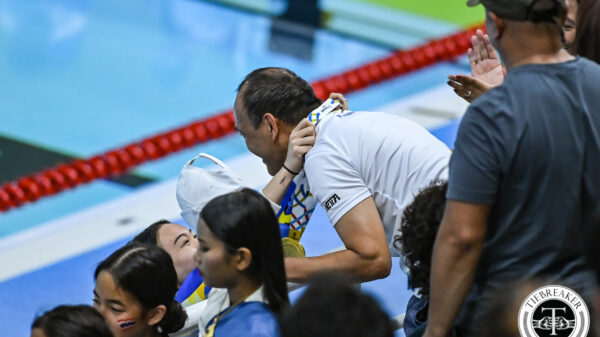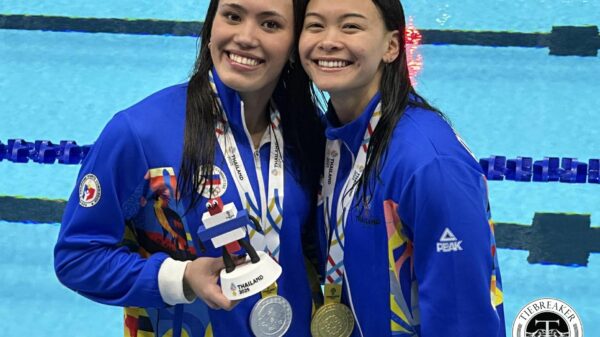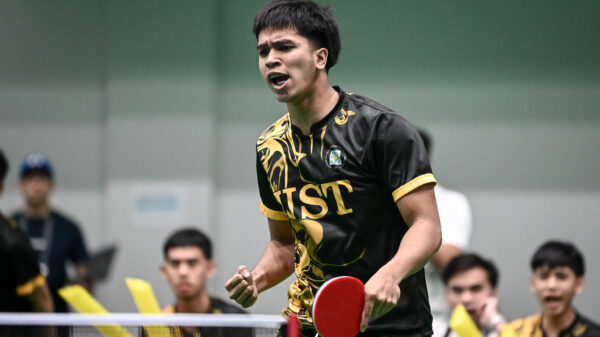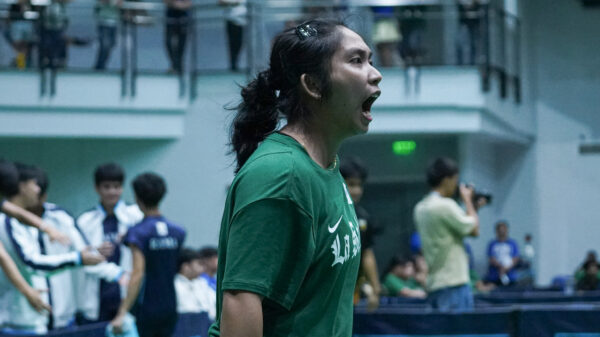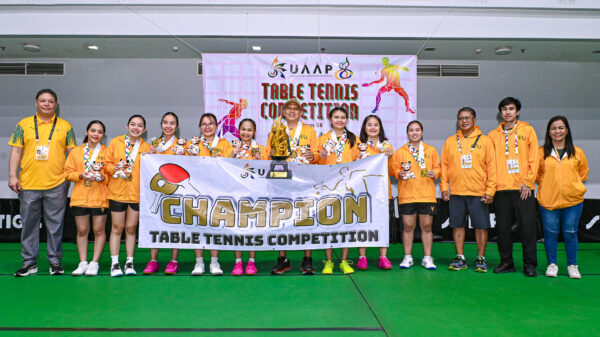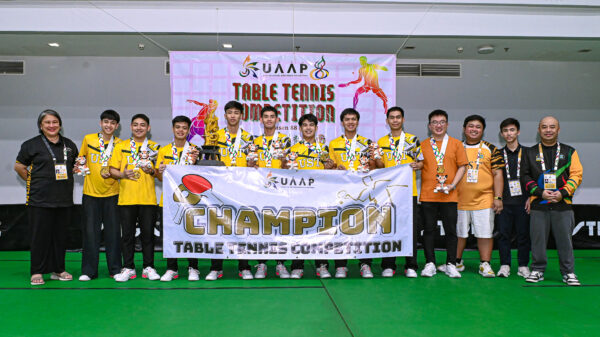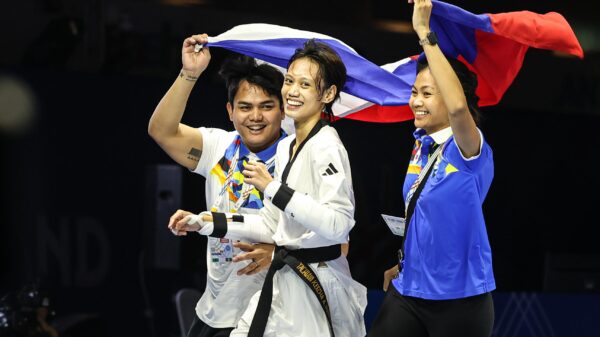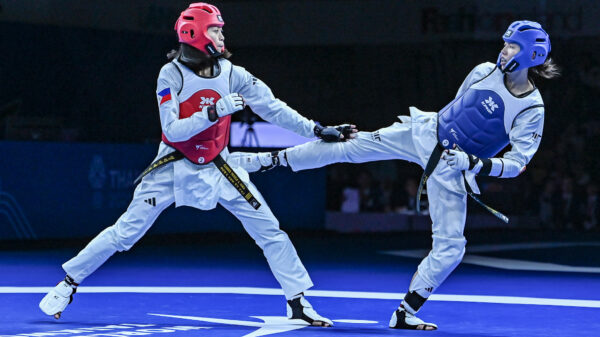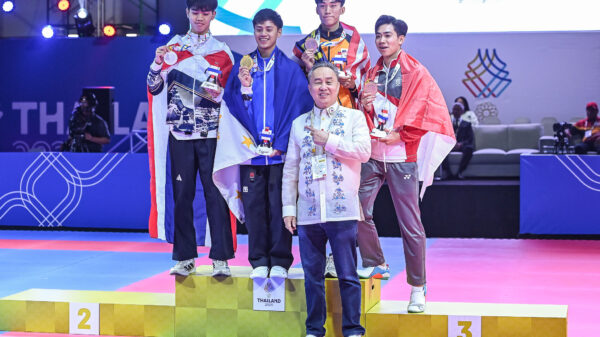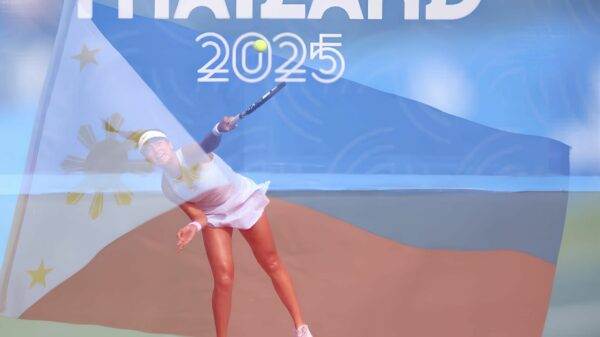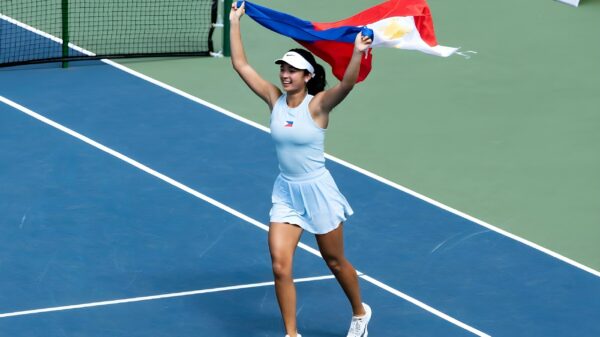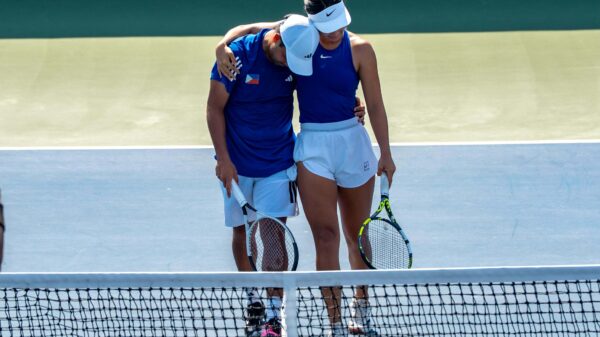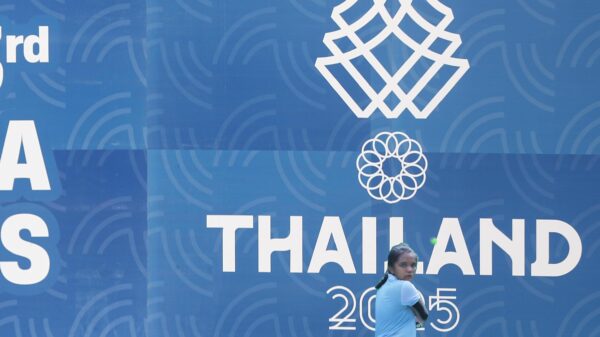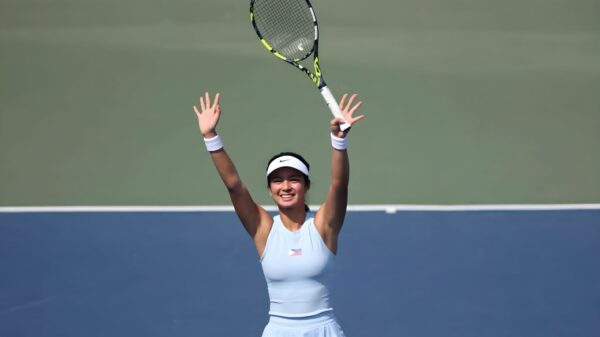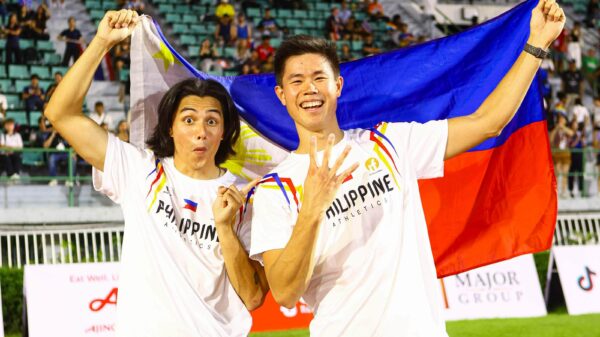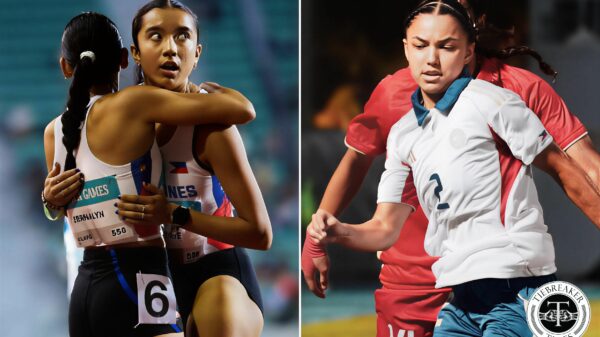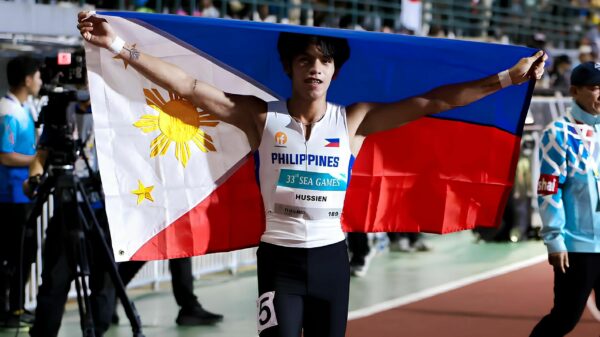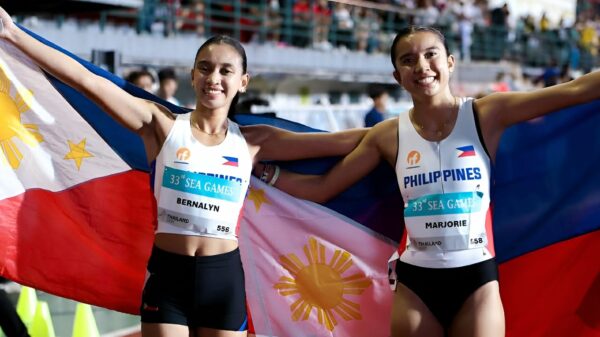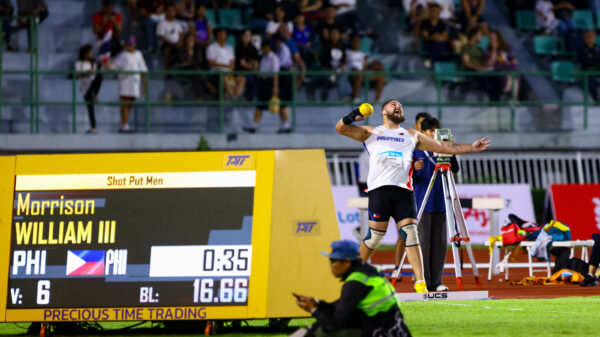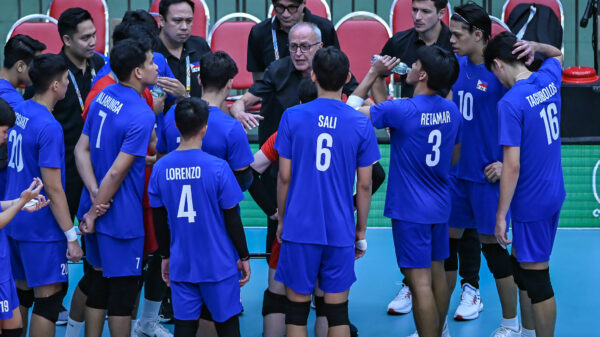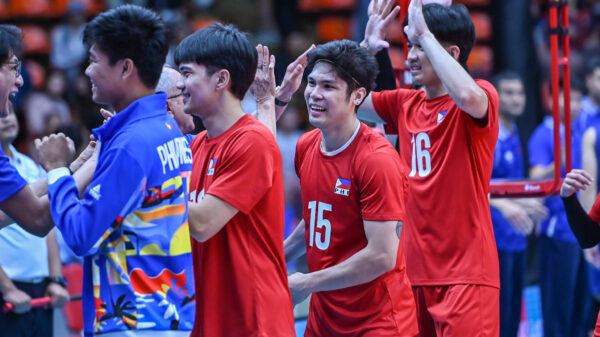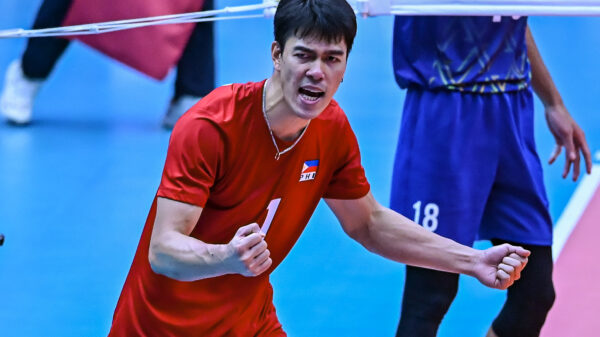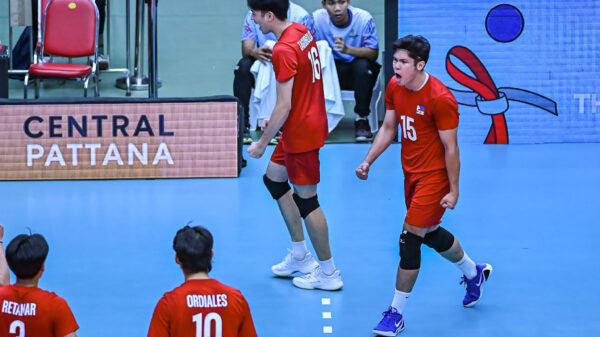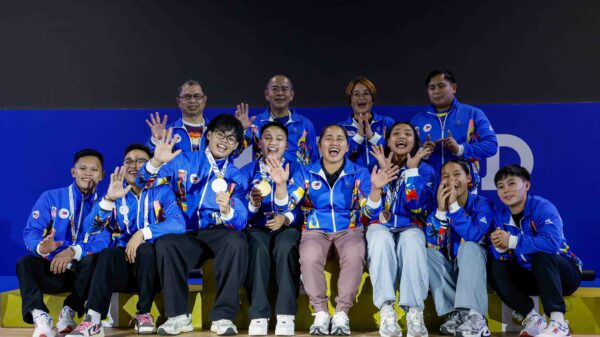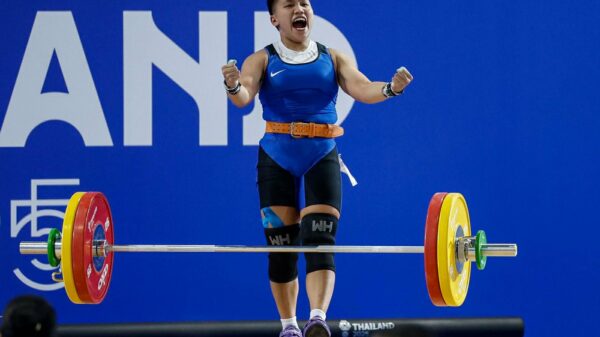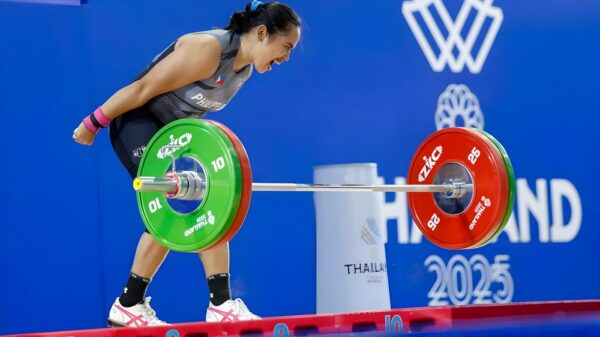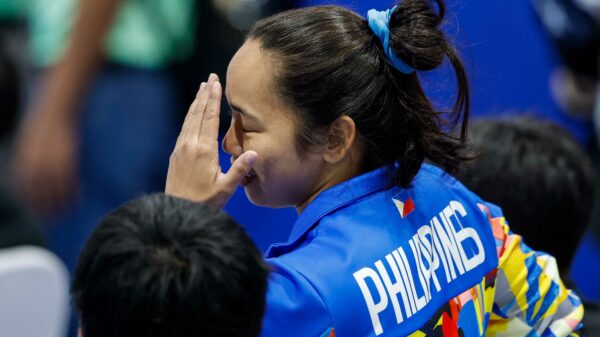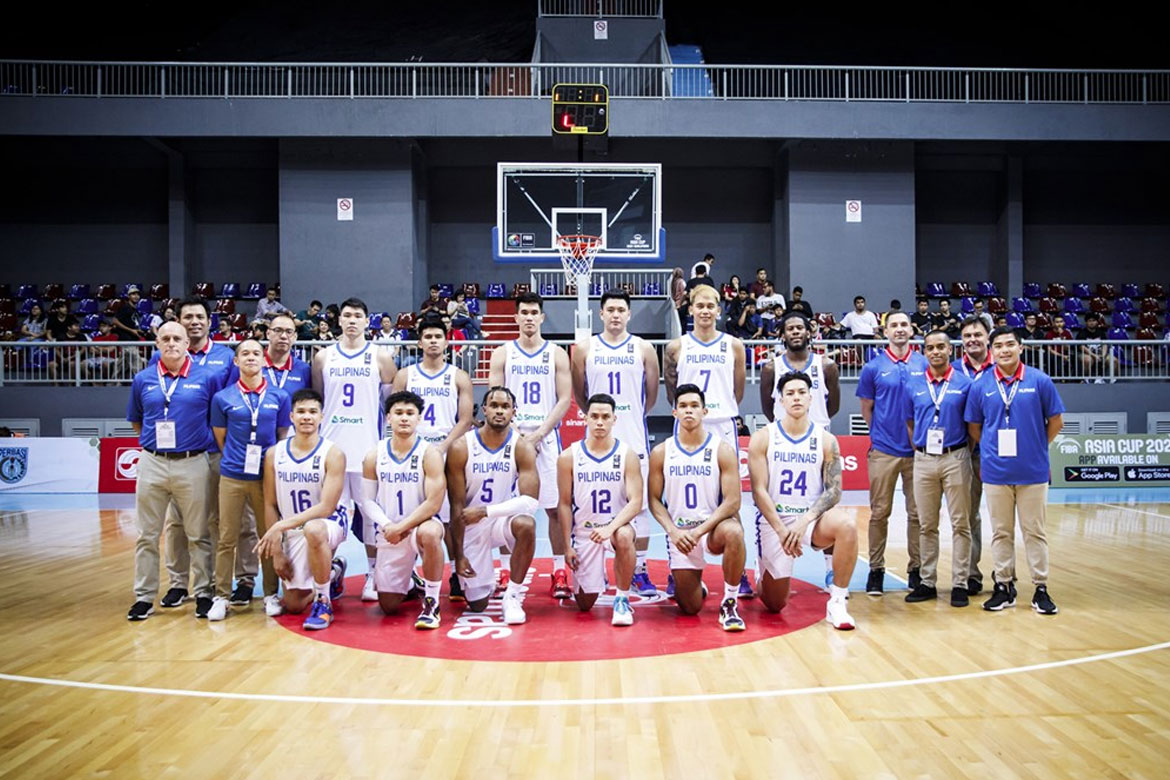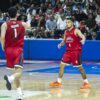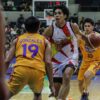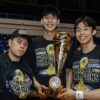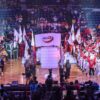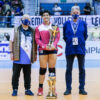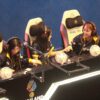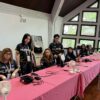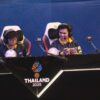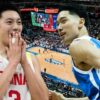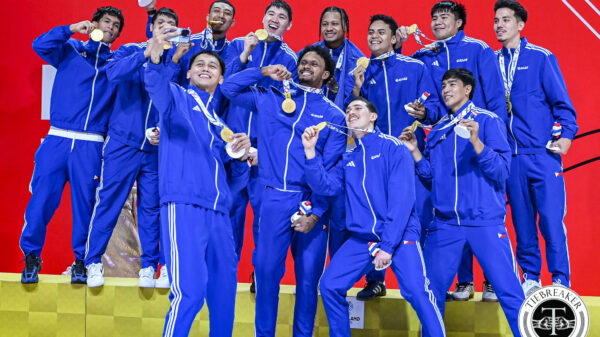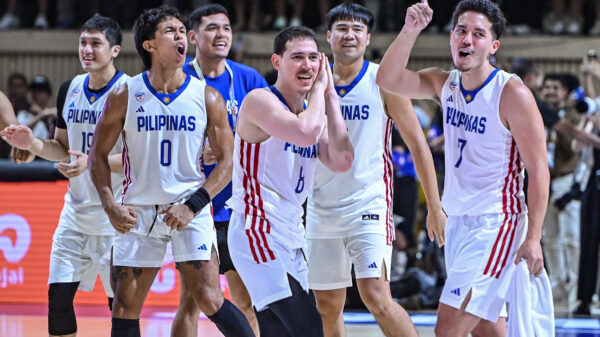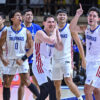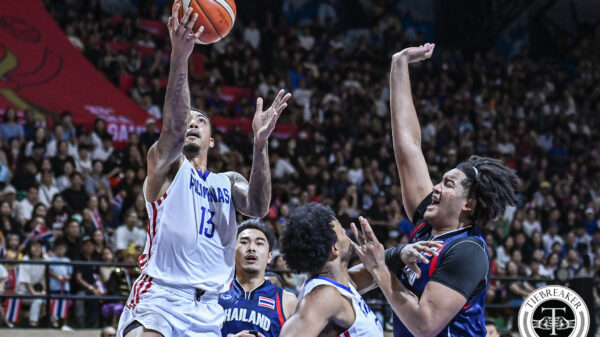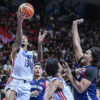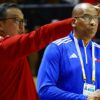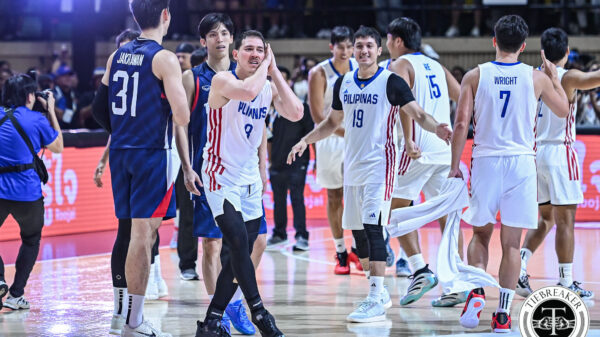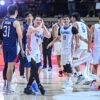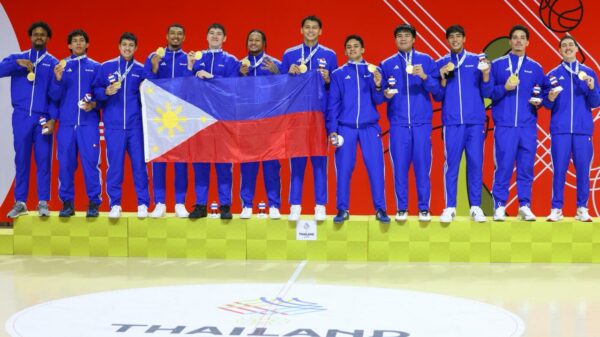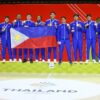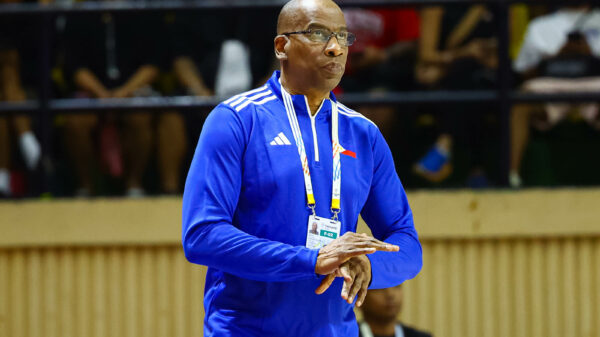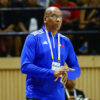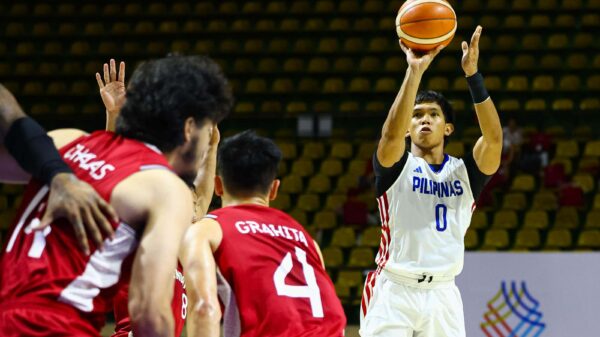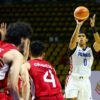There is no denying that the partnership between the Philippine Basketball Association and the Samahang Basketbol ng Pilipinas has had plenty of success over the past decade.
Former league commissioner Chito Salud knows that well, and he’s immensely proud of it. However, he still wishes he could’ve done more for the national team while he was at the helm.
It was during his time that a PBA-backed Gilas Pilipinas made history by reaching the 2014 FIBA World Cup in Spain, the country’s first appearance in the prestigious cage meet in four decades.
“I wish I could’ve pushed for more players para mas maganda pa ‘yung performance natin sa international,” Salud told Power And Play, hosted by former PBA commissioner Noli Eala. The show put together past and present league honchos for Saturday’s episode, with Sonny Barrios, Chito Narvasa, and incumbent chief Willie Marcial.
“We’ve reached the World Cup, we won a game there in Spain, but I thought siguro kung mas marami tayong players na napahiram, at that time baka nanalo pa tayo ng one more game, making it two out of the five games that we played.”
The PBA-SBP union has come a long way since the time of the pioneering Gilas batch, bannered by the then-top amateur stars such as Chris Tiu, Mark Barroca, Jvee Casio, and Marcio Lassiter, to name a few.
Pros Asi Taulava, Ranidel De Ocampo, Jimmy Alapag, and Kelly Williams were then added after the SBP approached the league. They were part of the team that played in the 2011 FIBA Asia Championship.
Gilas finished fourth in the meet, which acted as a qualifier for the 2012 Olympics, and after that, Gilas went all-pro. That brought success, as the team copped silver in the 2013 FIBA Asia tilt, which punched the country’s World Cup ticket.
The men’s cage team that saw action in the 2019 World Cup in China also consisted of PBA players. The SBP also took the same approach for the 30th Southeast Asian Games, which led to a gold medal finish.
It is no secret, however, that building national teams made up of players from Asia’s pioneering pro league has not always been that easy. And the primary issue, ever since, is the lending of players.
“Ang nagiging issue parati naman when it comes to the involvement of the PBA player, and this is really a dilemma of the coach, [is] kailan ire-release sa coach ‘yung PBA player,” said Barrios.
“‘Yun parati, every time naghahanda po tayo sa tournament, ‘yun parati. Oo may PBA, pero kailan? Kung ire-release lang ten days before the start, two weeks before the start [ng tournament], sapat ba ‘yun para makapaghanda ang player? ‘Yun ang issue,” continued Barrios, who currently serves as the executive director of the federation.
And so for Salud, the best possible plan to address the issue is for the program to form a team reinforced by PBA players — something the SBP has now been doing under program director Tab Baldwin.
Baldwin has been tasked to craft the program heading to the 2023 FIBA World Cup. Part of the plans is the formation of a pool made up of the best young amateurs today who could possibly play for Gilas in the said meet.
That pool is led by former collegiate stars Isaac Go, Matt and Mike Nieto, Allyn Bulanadi, and Rey Suerte, all of whom were selected in the special Gilas round of last year’s PBA Rookie Draft.
The Japan-bound Thirdy Ravena, Jaydee Tungcab, Ateneo recruit Dwight Ramos, and brothers Juan and Javi Gomez de Liaño were added to the pool later on. The number of the pool is expected to grow moving forward.
That set-up will enable the program to rely less on the PBA for filling in the national team, although the former Gilas head coach has clarified that the federation’s partnership with the league will remain.
For Salud, that is beneficial for both parties. It would mean less disruptions for the PBA, since the league has adjusted its schedule in its last two seasons to accommodate Gilas’ need, while also helping the latter chemistry-wise.
“Nung time natin there was only one [FIBA] window, August lang [Asia Championship], kaya nakakapagpahiram tayo ng players. But right now starting the term of Chito Narvasa, I think tatlo or apat na competition; with Willie now, apat na windows a year. So ‘yung national team will need the entire team to play year-round, and the more disruption you have for the PBA if the PBA’s contribution is more than the majority of the players,” he said.
“So the gold standard remains, you have eight to ten players independent, Gilas formed, Gilas selected. The PBA’s cooperation is to let them choose the finest players in the land from the young ranks. Not from the PBA, because in five year,s as we have seen from your program Noli [Gilas 1.0] and from the program of Ambassador Danding [Cojuangco, NCC] back in the day, in five years time, star players na lahat ‘yun eh. Lalo na kung top players talaga ‘yung nakukuha.
“That way you avoid the disruption in the PBA, the PBA gets to lend them three to four players if they desire, and then you have a team that continues to have chemistry year long. I’m glad we’re heading that direction,” Salud added.
Marcial, on the other hand, assured once more that the league is in full support of whatever plans the federation has in mind, all for what it deems would be the best for the whole Gilas program.
“Sa PBA, ang mga governors, fully support ‘yung SBP, ‘yung Gilas. Kung ano sasabihin sa’min ni SBP, ganun pa rin kami. Kung kailangan nila ng players, kung ilang players ang kailangan nila, ganun kasuporta ang governors at mga team owners ngayon,” said Marcial, who is now in his third year as the league’s commissioner.
“Tulad nung sinasabi ko, solid na ‘yung governors, so hindi na mahirap para kung anong gusto ng SBP. One hundred percent pa rin ang suporta ng PBA sa Gilas at SBP.”


